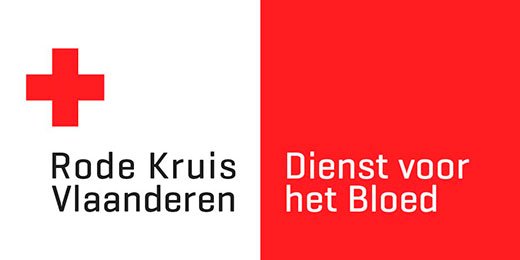Erythrocyte concentrate for intrauterine transfusion
This product data sheet describes a patient-specific blood product that is only prepared to order in the context of specific indications. It is intended for a specific patient and is requested through a separate ordering procedure with the order form for patient-specific blood products. To ensure timely delivery, it must be ordered 24 hours in advance.
Product Codes
Code 'Blood Service'
E4210V00
E4210VA0
NIHDI Code
Hospitalized: 752 463
Non-hospitalized: 752 452
Preparation and composition
The preparation assumes a delegated erythrocyte concentrate 'adult' of blood group O, negative for the antigen against which the causative antibody of fetal hemolytic disease is directed, and phenocompatible with the mother for the rhesus subgroups, K, Jk, Fy and S (in descending order of importance). The erythrocyte concentrate was obtained from a donor found negative for anti-CMV antibodies at the time of donation. The erythrocyte concentrate used is less than 5 days old. For use in intrauterine transfusion, the hematocrit of the erythrocyte concentrate is brought to 0.70 to 0.80. For this purpose, part of the storage solution (SAGM) is removed and the resulting hematocrit is adjusted as necessary with NaCl 0.9% solution. The product is irradiated with a dose of at least 25 Gray but not more than 50 Gray .
Indications
An erythrocyte concentrate for intrauterine administration is used for the treatment of severe prenatal anemia, mainly in the context of fetal hemolytic disease. The aim then is to reduce red blood cell destruction through the administration of red blood cells compatible with the maternal antibody. This also suppresses fetal hematopoiesis from incompatible red blood cells.
Intrauterine transfusion is also used for fetal anemia due to parvovirus B19 infection.
Dose and instructions for use
Dose
The dose can be calculated using the following formula:
Volume to be administered (in ml) = fetoplacental blood volume (in ml) x [(desired hematocrit- actual hematocrit)/75]
Special precautions
The erythrocyte concentrate for intrauterine transfusion must still be crossed with a maternal serum sample by the requesting hospital's laboratory before administration.
An irradiated blood product is not radioactive and can be manipulated by nursing staff without danger.
User Manual
These transfusions are administered according to the regulations in force in the centers with extensive experience with this technique. The success of the procedure is highly dependent on experience.
Any residues are disposed of as medical waste.
Possible undesirable effects when the product is administered
Serious, potentially fatal, adverse reactions include: circulatory overfilling, hyperkalemia, citrate toxicity, bacterial sepsis.
Through blood and blood derivatives, infections can be transmitted: with viruses (B19 parvovirus, CMV*, HAV, HBV, HCV, HIV,...), with bacteria (syphilis), with protozoa (malaria, leishmania, trypanosomiasis) and with unknown pathogenic agents.
* Deukocyte-derived blood products are generally believed to virtually eliminate the possibility of CMV virus transmission due to elimination of the white blood cells. For indications of the use of blood products derived from donors serologically negative for CMV: see under CMV-negative blood products.
Medication and other interactions
The erythrocyte concentrate should not be mixed with drugs or infusion fluids.
Preservation and stability
The erythrocyte concentrate must be stored between + 2 °C and + 6 °C and must not be used beyond the storage time indicated on the label. The maximum storage time of an erythrocyte concentrate prepared for intrauterine transfusion is 24 hours from preparation.
An erythrocyte concentrate should not be used with signs of damage or decay.
Safety of products prepared from human whole blood
Blood is drawn from voluntary, non-remunerated donors, selected in accordance with the standards laid down by Belgian legislation and the procedures of the Blood Service of Belgian Red Cross-Flanders.
With each donation, the donor is inspected by a physician and tested for antibodies against the human immunodeficiency viruses (anti-HIV-1 and HIV-2), for antibodies against the hepatitis C virus (anti-HCV), for the hepatitis B virus surface antigen (HBsAg) and for antibodies against Treponema pallidum. HIV, HBV and HCV are also detected by NAT testing.
Products from donations with positive test results are destroyed.
When products prepared from human blood are administered, transmission of an infectious agent cannot be completely excluded. The residual risk of transmission of HIV, HBV or HCV by unit transfusion is estimated at 1 in 4 to 6 x106, 1 in 0.3 to 1 x106 and 1 in 700,000, respectively.
Transmission of as yet unknown pathogens cannot be ruled out.
Episode
By medical prescription, after order.
Order at least 24 hours before the desired delivery time.
Last updated 11/04/24.
